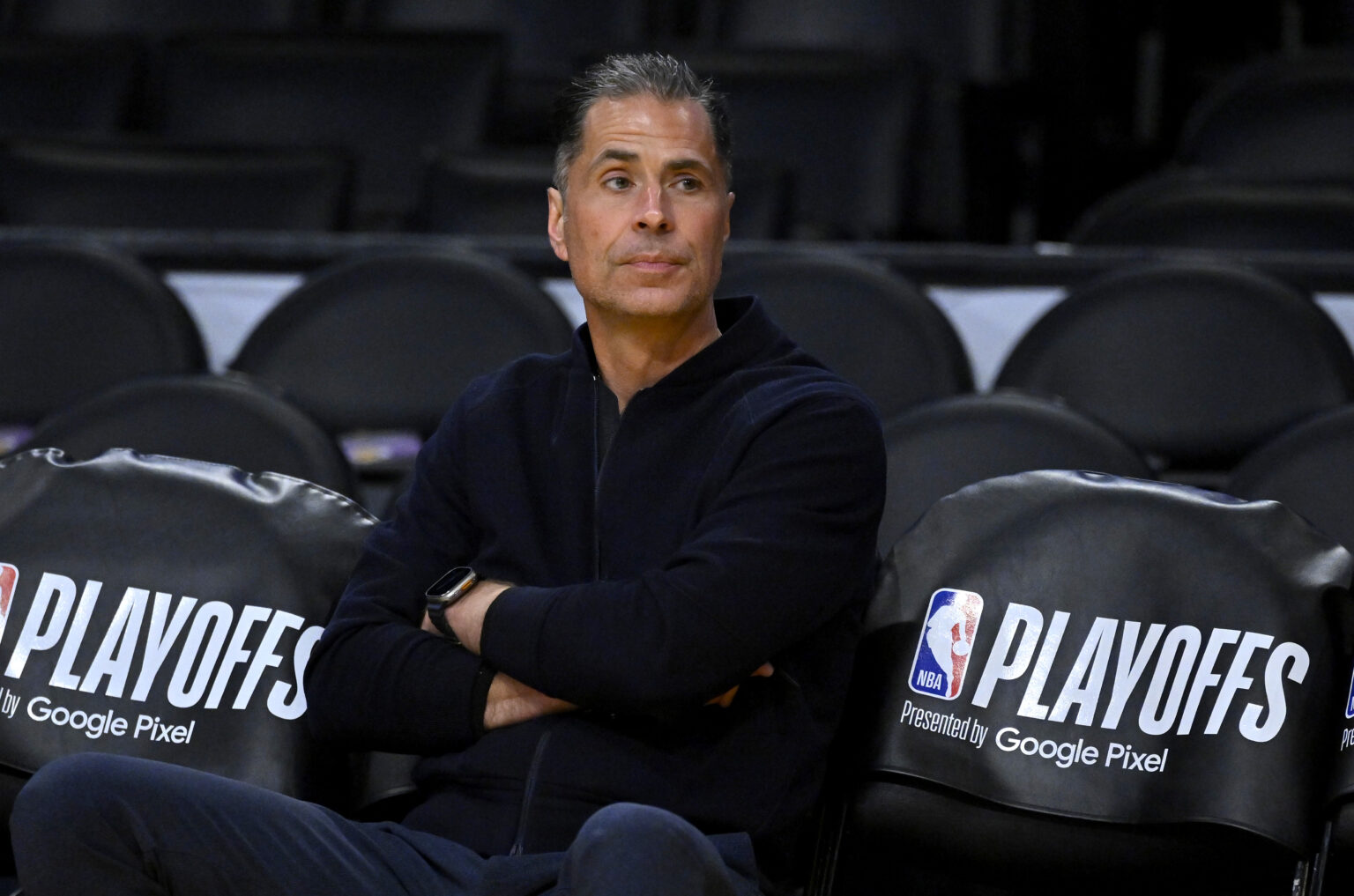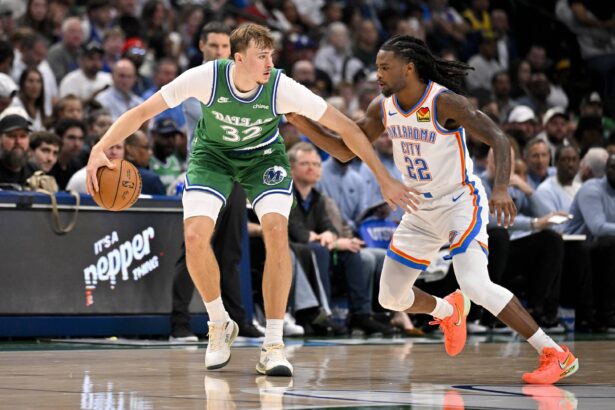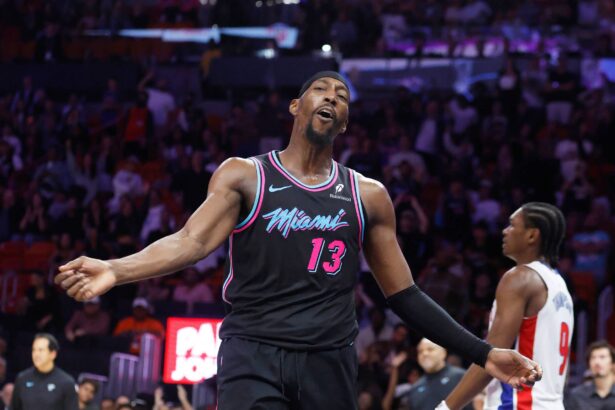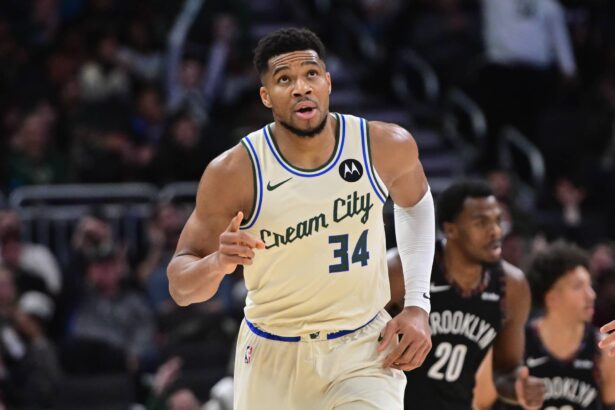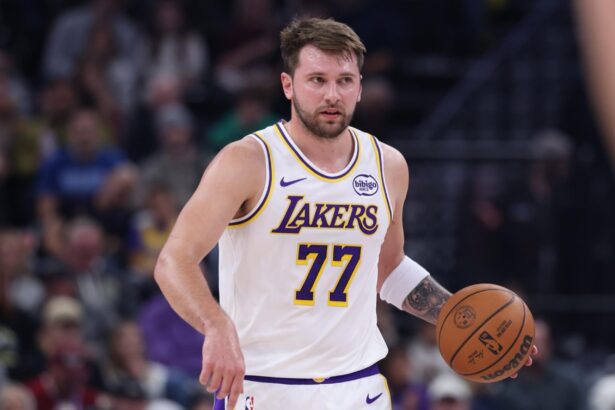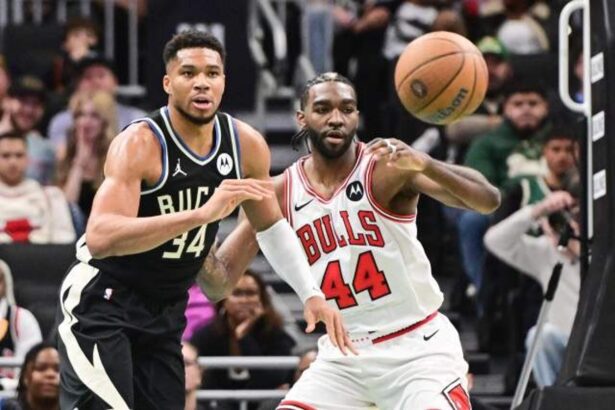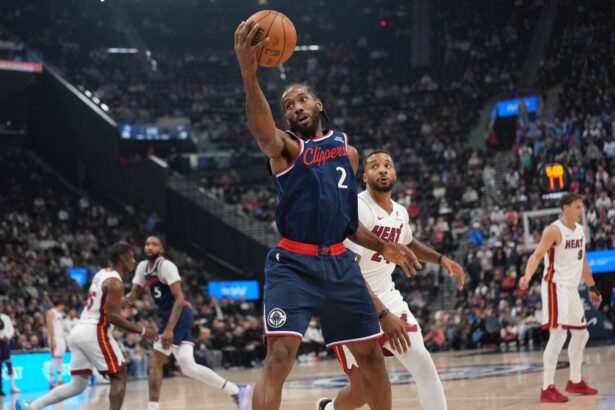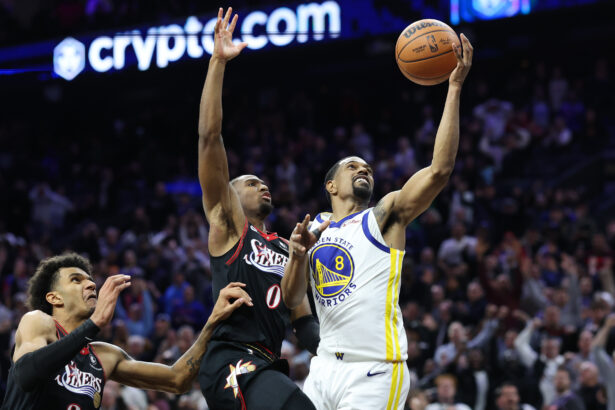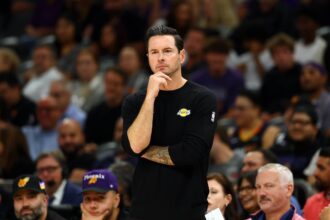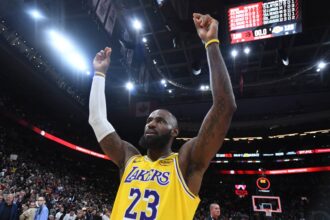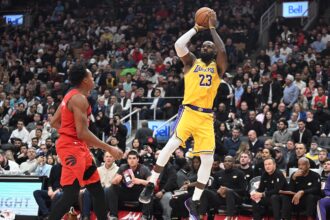- Robert Pelinka proposes eliminating back-to-back games for NBA schedules
- NBA aims to address load management and enhance the fan experience
- Recent NBA policies fine teams for resting stars during major games
In the midst of rising concerns and controversies surrounding the NBA’s player load management, Lakers General Manager Robert Pelinka has voiced a proposal to the NBA’s competition committee: the complete elimination of back-to-back games in future NBA schedules. His rationale? The preservation of fan interest in the league’s overall product.
“Rob Pelinka says he has advocated to the NBA’s competition committee for the complete elimination of back-to-backs in future NBA scheduling in order to solve the player rest quandary that has damaged fan interest in the overall product.”
Rob Pelinka says he has advocated to the NBA's competition committee for the complete elimination of back-to-backs in future NBA scheduling in order to solve the player rest quandary that has damaged fan interest in the overall product
— Dave McMenamin (@mcten) September 28, 2023
Load management has been a polarizing issue within the NBA, with both the league and its stakeholders grappling for solutions. Recently, the NBA Board of Governors approved a stringent player participation policy set to commence in the 2023-24 season. This policy places hefty fines on teams that rest star players during nationally televised or in-season tournament games. It’s a move indicative of the league’s commitment to ensuring that the brightest talents are showcased, especially in marquee matchups.
However, Pelinka’s suggestion takes a broader view, prioritizing both player health and the fan experience. Eliminating back-to-back games could indeed be a game-changer. Not only would it curtail the need for teams to rest their star players due to the grueling schedule, but it would also elevate the quality of gameplay and maintain fan engagement throughout the season.
The NBA has previously taken steps to address the load management issue, such as reducing the number of back-to-back games, particularly before high-profile matchups. Yet, the problem persists. Pelinka’s proposition seems to aim at tackling the root cause of the issue rather than just mitigating its effects.
Does Rob Pelinka Have A Point?
Rob Pelinka’s recent advocacy to the NBA’s competition committee for the complete elimination of back-to-back games speaks to a broader concern in professional basketball: player health and longevity versus the demands of an 82-game regular season. Pelinka’s standpoint is grounded in the concept of load management, a modern approach that prioritizes player wellness, thereby reducing injury risks and enhancing performance during pivotal playoff games.
Back-to-back games not only heighten the physical toll on players but also reduce the quality of the game, as fatigued athletes are more prone to errors and less likely to deliver peak performances. Fans, paying high ticket prices or tuning into televised games, expect to see the best from their favorite stars. When teams opt to rest key players during these games to manage their load, it can be a letdown for fans and a potential loss for broadcasters.
On the flip side, eliminating back-to-back games might necessitate extending the length of the NBA season or reducing the number of games, which could have significant financial implications.
While critics might argue that players of past eras managed the same rigorous schedules without complaint, the increasing pace, athleticism, and physicality of today’s game necessitate a reevaluation. In this context, Pelinka’s perspective isn’t just about player welfare; it’s about preserving the quality and integrity of the NBA product for fans worldwide.
The New NBA Resting Rule: A Balance Of Player Welfare And Fan Engagement
The NBA’s ongoing tussle with the issue of load management has reached a critical point with the league’s introduction of fortified guidelines regarding player rest, especially during national TV broadcasts. This development comes in the wake of a growing concern over star players, frequently sitting out during key games, often to the chagrin of fans and sponsors.
Load management is rooted in contemporary sports science. By analyzing a myriad of factors, teams can predict when their athletes are most vulnerable to injuries and plan strategic rest days. Especially in a sport like basketball, where certain stars carry a disproportionate load in isolation-based offenses, ensuring their well-being during regular season games can be pivotal for a team’s success in the playoffs.
The concern, however, is twofold. First, there’s the optics of it. Star players sitting out marquee matchups can disappoint fans and hurt the league’s viewership ratings. This becomes even more pronounced when these games are nationally televised. Secondly, the cultural narrative posits today’s athletes as “softer” compared to their predecessors. Regular days off are sometimes pointed out as evidence supporting this notion, despite the fact that rest decisions often emerge from collaborative discussions between players, front-office executives, and medical staff.
For the 2023-24 season, the NBA made it clear: teams cannot rest healthy players during nationally televised games, barring “unusual circumstances.” Violations come with a hefty price, starting at $100,000 for breaching national TV protocols. However, defining and proving these breaches remain a challenge for the NBA, as teams can often cite minor past injuries or other factors as reasons for rest.
While the new rules aim to strike a balance between player health and fan engagement, only time will tell if this approach will appease both the teams’ strategic interests and fans’ expectations.
We sincerely appreciate and respect you as a reader of our site. It would help us a lot if you follow us on Google News because of the latest update.
Thanks for following us. We really appreciate your support.

